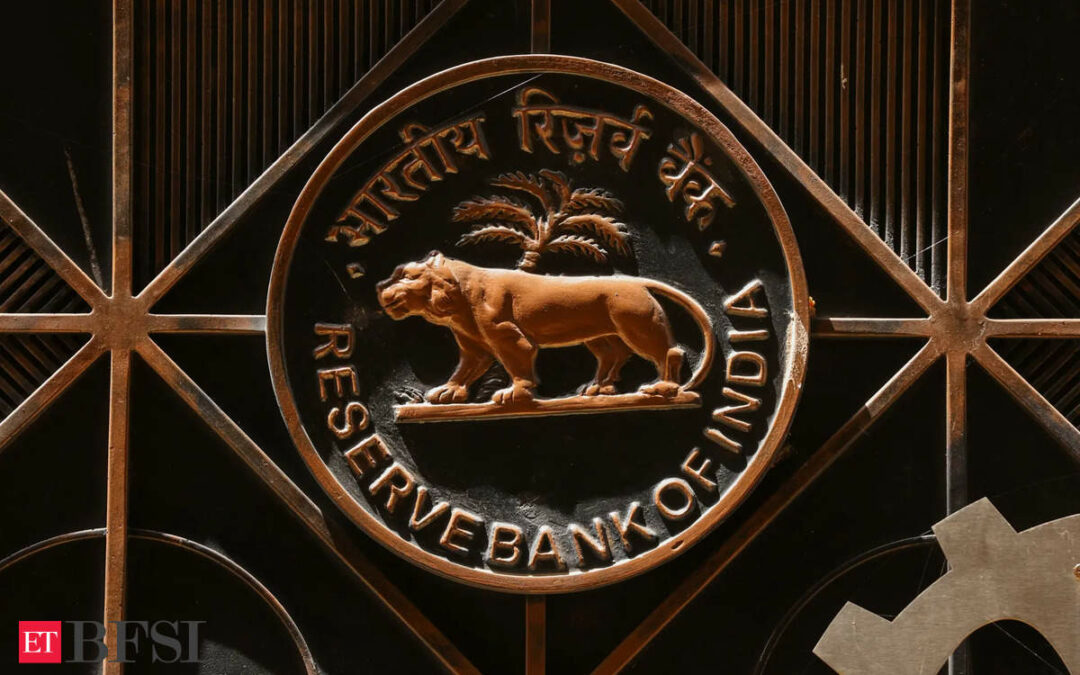At 6.5%, the benchmark interest rate today is exactly where it was when former Reserve Bank of India governor Shaktikanta Das took charge in late 2018, and the year 2024 has intensified the debate over whether the central bank should maintain this rate — a level it has held for almost two years. India’s real GDP growth slumped to a seven-quarter low of 5.4% in the July to September 2024 quarter. Concerns about slowing growth in Asia’s third-largest economy have emerged in recent comments from the Indian government, which stated that high borrowing costs are hurting the economy.
Finance Minister Nirmala Sitharaman and Commerce Minister Piyush Goyal have both called for lower borrowing costs in recent months, and some economists have said the RBI could be doing more to encourage lending to boost growth.
ALSO READ: RBI’s MPC didn’t cut rates this time around. But, there is more to this story…
But what was the rationale behind the RBI’s decision to hold rates steady throughout all six MPC meetings this year? It kept its war on stubborn inflation going even after the GDP growth slowdown.
February
The RBI’s job to bring down inflation is not over, and any “premature move” on the policy front could undermine the success achieved so far on the price situation, Das said at the February MPC meeting. Das had said that at this juncture monetary policy must remain vigilant and “not assume that our job on the inflation front is over”. He stressed that the MPC must remain committed to successfully navigating the “last mile” of disinflation that can be sticky. Das made the remarks while voting for status quo in the key interest rate in the MPC.
ALSO READ: Piyush Goyal urges RBI to cut rates, Gov says focus is to maintain financial stability, which breeds growth and prosperity
April
Pressure in food prices has been interrupting the ongoing disinflation process in India, and posing challenges for the final descent of the inflation trajectory to the 4 per cent target, the RBI said while keeping the repo rate unchanged in April. Unpredictable supply-side shocks from adverse climate events and their impact on agricultural production as well as, geopolitical tensions and their spillovers to trade and commodity markets add uncertainties to the outlook, said the minutes of RBI’s MPC meeting. “Monetary policy must continue to be actively disinflationary to ensure anchoring of inflation expectations and fuller transmission. The MPC believes that durable price stability would set strong foundations for a period of high growth.”ALSO READ: Inflation-growth balance key task ahead for RBI: Shaktikanta Das
June
Stubborn food prices are responsible for slow pace of decline in overall retail inflation, Das said while voting for status quo in policy rates in June. Headline CPI inflation is moderating, but at a very slow pace and the last mile of disinflation is turning out to be gradual and protracted, Das said. “Recurring and overlapping supply-side shocks continue to play an outsized role in food inflation.”
August
Inflation climbed to 5.08 per cent in June, primarily driven by the food component. Das said food inflation remains “stubbornly” high. “Without price stability, high growth cannot be sustained,” he said, adding that “monetary policy must continue to be disinflationary”. He said the MPC could have looked through high food inflation if it was transitory. “But in an environment of persisting high food inflation, as we are experiencing now, the MPC cannot afford to do so. It has to remain vigilant to prevent spillovers or second-round effects from persistent food inflation and preserve the gains made so far in monetary policy credibility.”
October
India cannot risk another bout of inflation and the best approach currently would be to remain flexible and wait for inflation to durably align with the central bank’s target, opined Das while voting for status quo on benchmark rates in October. However, the MPC changed the stance to ‘neutral’ from the earlier ‘withdrawal of accommodation’ unanimously.
Das said monetary policy can support sustainable growth only by maintaining price stability. “Taking all these factors into consideration, I vote for changing the stance from withdrawal of accommodation to ‘neutral’ while keeping the policy repo rate unchanged at 6.50 per cent,” he said.
December
“At this critical juncture, prudence and practicality demand that we remain careful and sensitive to the dynamically evolving situation,” Das said while announcing the rate decision after India’s GDP growth slumped in the secodn quarter.. A status quo is “appropriate and essential,” though if growth slowdown lingers beyond a point, “it may need policy support,” he said. “Our effort has always been to remain in line with the curve and never fall behind it,” the former governor said at the post-policy press briefing. Volatility in food costs, which make up about half of the inflation basket, will likely keep price gains elevated in the October to December period, Das said.










